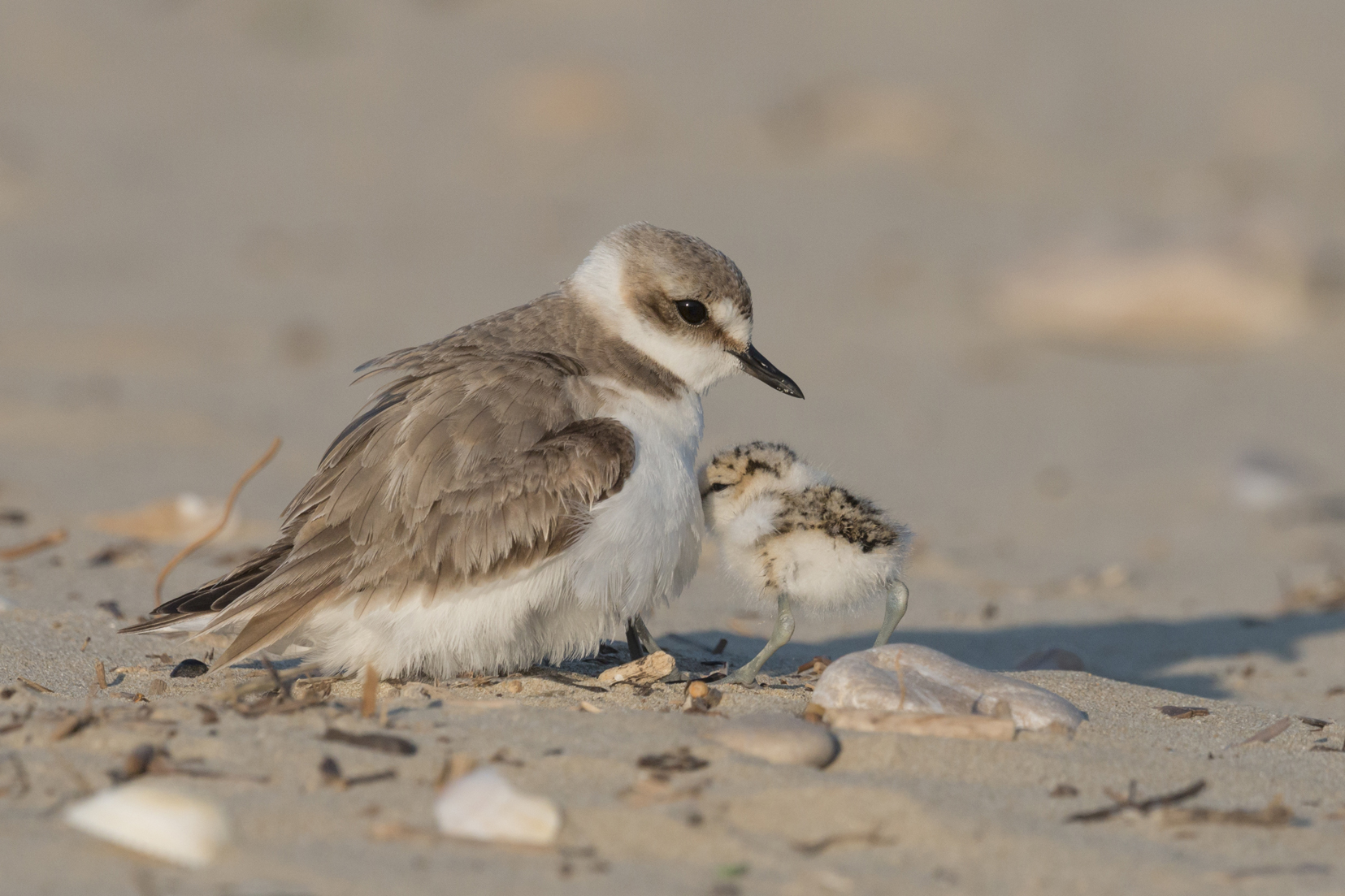
A new president, a renewed purpose?
As BTO's new president, Frank talks about his birding background and what he values about BTO
There has rarely been a more important time for nature and birds in Britain, nor for the vital need for accurate, unbiased scientific data to support key areas of research. I want to start off by paying tribute to the tireless and dedicated work of 60,000 volunteer citizen scientists who form the backbone of BTO’s work. I am in awe of what you do and the hours you put in, frequently, I am sure, in challenging conditions. Every bit of this research counts towards giving us a better picture of the true status of so many of our species that are sadly in decline.
There has rarely been a more important time for nature and birds in Britain, nor for the vital need for accurate, unbiased scientific data to support key areas of research.

Summer migrants that I used to see on an almost daily basis when I was growing up in the 1970s – Wood Warbler and Spotted Flycatcher – have all but disappeared from the part of Hampshire where we lived. The Red-backed Shrike and Lesser-spotted Woodpecker I saw back then are but a distant memory for me.
Since then, I have done most of my birding in the Middle East, where I rediscovered a love of ornithology after a gap of nearly 20 years. I was working in Bahrain when one weekend, just before the big summer heat kicked in, we went for a picnic in a grove of date palms. A bird with dazzling yellow plumage flashed past and then another, much smaller bright red bird flew over our heads. I was curious. What could these be? I contacted the local bird recorder, Howard King, a Welshman who’s spent more years in the desert than in his native Wales. They turned out to be – yes, you’ve guessed it – a Golden Oriole on migration, while the other was an escaped Red Avadavat from a sheikh’s private collection. I was hooked.

In the years that followed I pursued my love of birding from the 3,000 m heights of Saudi Arabia’s Asir Mountains (Yemen Thrush, Grey Hornbill, Amethyst Starling) to the glamorous banks of the Aden refuse canal (African Spoonbill, Hamerkop, Black-headed Heron). On several occasions in the wilder, more remote corners of the Arabian Peninsula, I was nearly arrested for spying, since a foreigner with a pair of binoculars must surely be up to no good.
My concern for conservation began when we moved to Dubai in 1997. I was thrilled to read in the local press that a critically endangered Arabian Leopard Panthera pardus nimr had been spotted in the hills above Hatta resort, about an hour’s drive from Dubai. Almost immediately though, the local villagers put together a hunting party and went out and shot it, proudly returning with the dead animal on their shoulders. I was despondent. Since then, the UAE government has gone some way towards educating its citizens about conservation while over here this remains, of course, a hot and sometimes divisive topic.
Back here in the UK, I have become particularly interested in and concerned about the way we manage our countryside. With roughly 75 per cent of the UK farmed in some way it is essential that conservationists and organisations like ourselves maintain a working modus operandi with farmers, fishermen and gamekeepers that is based on mutual respect. That does not mean for one minute that we should condone the trapping of rare species or the raiding of their nests. But ensuring the continued access to farmed and private land for our researchers depends on the goodwill of landowners and operators. They have businesses to run, staff to pay and families to feed, so we need to respect that and continue to work with them, not against them.
Some of you may have heard the Today programme Nature Notes we made this spring on Nightingales at Knepp Castle Estate in West Sussex (broadcast Saturday 11 May 2019 on Radio 4 at 08:20). This was a fascinating glimpse into how a patch of southern English farmland has been ‘rewilded’, allowing the natural growth of thickets and thorn bushes to provide a habitat for birds, encouraging the return of declining species like Nightingale and Turtle Dove. Clearly, this is not something that every farm can do or they would risk going out of business, but the concept is an encouraging one, giving hope that, where possible, more parts of our countryside can be returned to wilderness and arrest the steep decline in so many vanishing species.
In a world where fake news and conspiracy theories can take off like wildfire it is more important than ever that the public and policy-makers are given reliable hard data, presented in an interesting way.
So what is my vision for BTO while I am President? (Such a grand title that it still makes me smile). Well above all, it is to promote and share the science, with your participation. In a world where fake news and conspiracy theories can take off like wildfire it is more important than ever that the public and policy-makers are given reliable hard data, presented in an interesting way. BTO should continue to be the go-to source of this avian scientific knowledge, complementing the excellent work of our partners. Has BTO had a bit of a dry reputation in the past? Yes, possibly, but that is changing. Thanks to the hard work of the digital team the website now has an exciting new look. Many of you take superb photographs or have interesting stories to tell. I am hoping we can see more of these shared online and in the magazines.
The BTO motto is one that intrigued me in the first place: ‘A world inspired by birds and informed by science’. How would you like us to put this into practice during my time as President? Please share your thoughts in the comments.
Frank Gardner’s bird and other nature photos can be found on Instagram - @frankgardner_nature



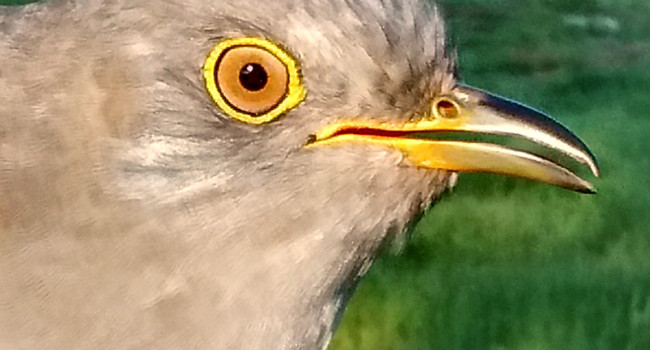
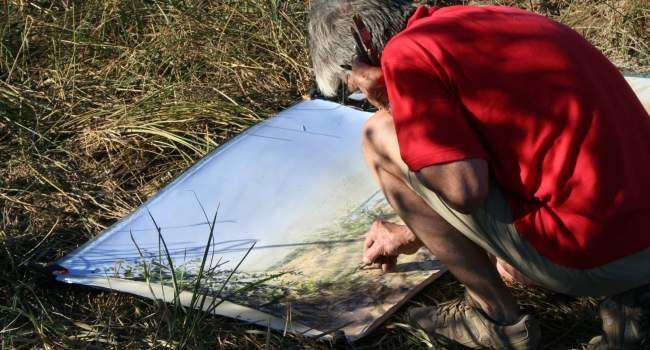
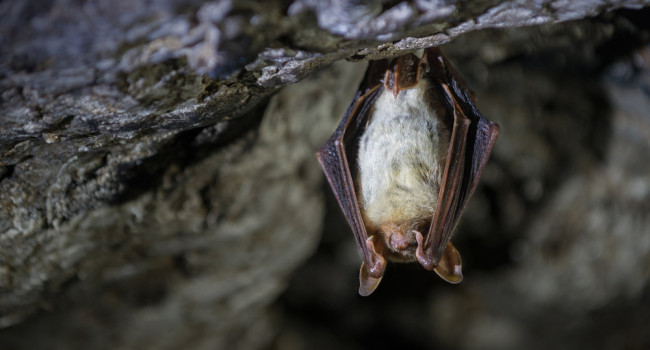

Share this page